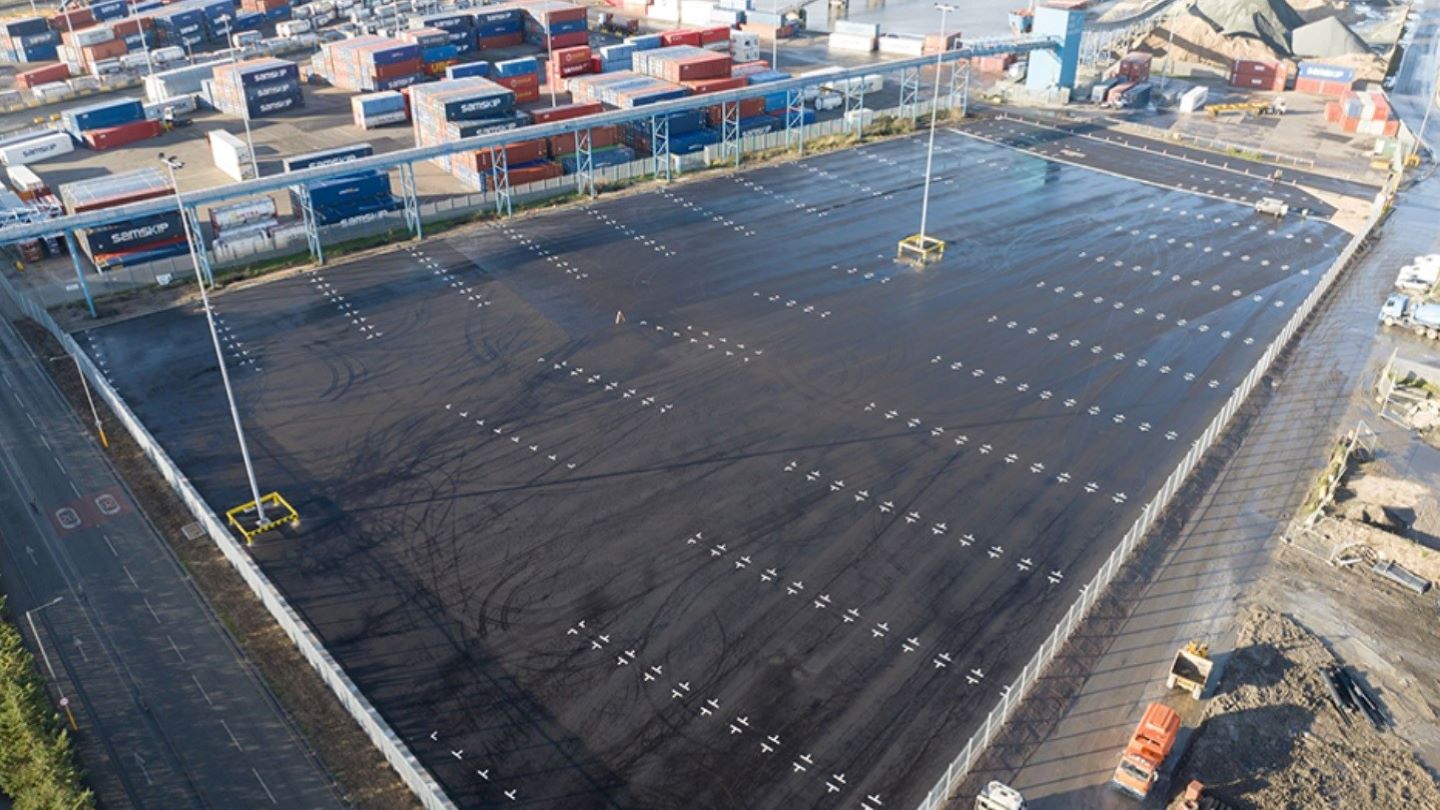
Associated British Ports (ABP) has concluded the expansion of its Humber Container Terminal at the Port of Hull in the UK.
ABP Humber spent £4.8m to add an extra 7,600m² of heavy-duty paving for the expansion of storage capacity at the terminal.
Catering to customers Samskip, iMotion and BGF, the Humber Container Terminal receives about 12 vessels each week from Rotterdam and Amsterdam, the Netherlands, and Ghent, Belgium. It also complements the 15 vessels served by Immingham port’s Humber Container Terminal.
By providing additional storage space, modern equipment and access to the North of England as well as the Midlands, both terminals aim to expand the container business in the Humber over the coming years.
Stoneledge carried out clearance works for the extension, while CR Reynolds performed the construction works.
To avoid overloading the downstream drainage system during stormy weather, attenuation tanks were integrated into the drainage design.
Humber director Simon Bird said: “ABP Humber has made substantial investments in the Humber Container Terminal at the Ports of Hull and Immingham.
“Having completed a £50m investment at the start of 2021, Humber’s provision to serve the container sector goes from strength to strength with these ongoing investments.”
Last month, ABP rolled out a statutory consultation and invited the public to share their opinions on the proposed Immingham Green Energy Terminal (IGET).
Planned to be constructed on the eastern side of the Port of Immingham and the south bank of the Humber Estuary, the IGET will feature a new jetty with up to two berths as well as associated infrastructure for the import and export of bulk liquids.



